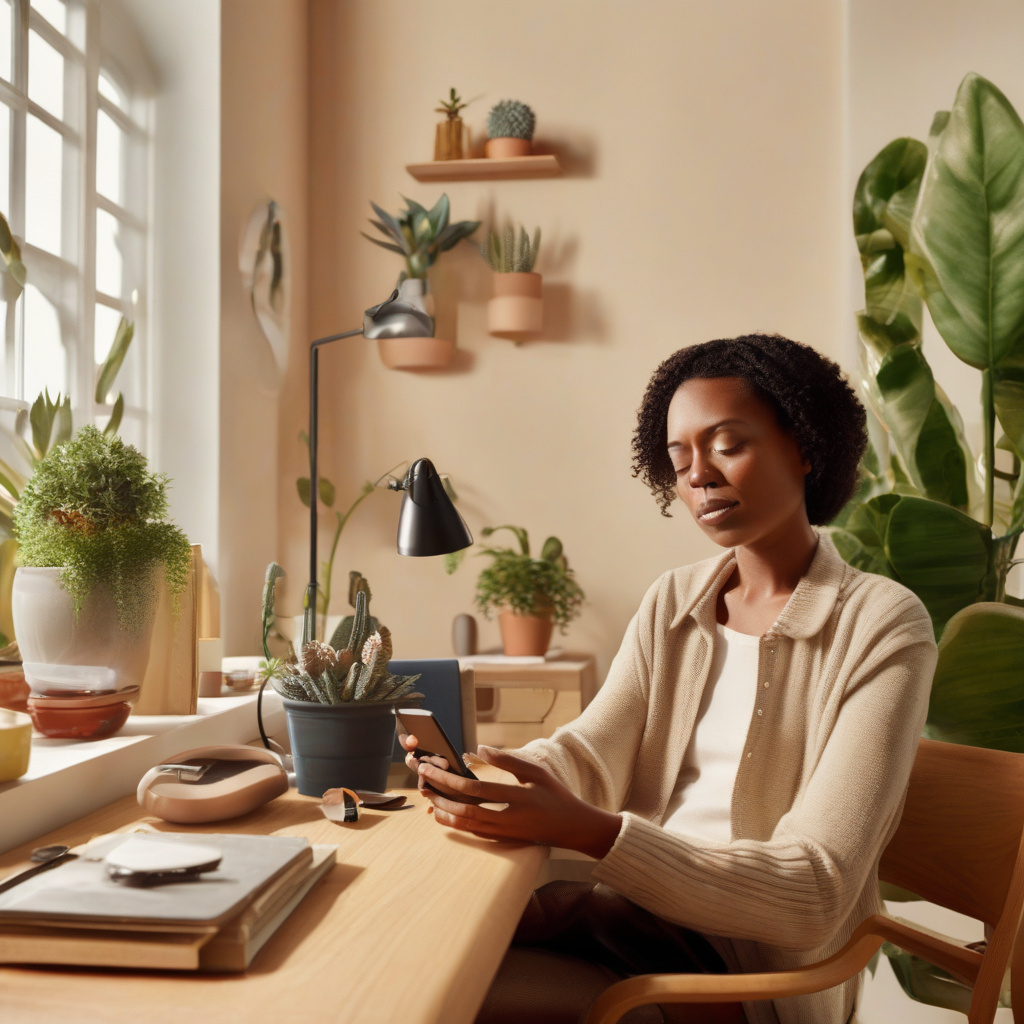I recently made a significant switch in my tech life after 12 years of loyalty to Android—I transitioned to the iPhone. This move wasn’t just a casual shift; it was a plunge into the world of Apple after years of exploring the vast Android landscape.
As someone deeply entrenched in reviewing Android phones professionally, this transition was eye-opening. Suddenly, as the Mobile Editor, delving into the realm of Apple smartphones became a top priority. My experience with the iPhone 16 Pro, from my last iPhone back in 2012, was a revelation.
One of the standout differences was the handling of WhatsApp data migration. Coming from the Android ecosystem, the shift to iCloud for backups was a notable adjustment. However, finding workarounds like adding the iPhone as a ‘Linked device’ made the transition smoother.
The iPhone’s hardware design, particularly the additional buttons like the Action Button and Camera Control button, brought both convenience and mixed feelings. While some functionalities like toggling Silent mode were appreciated, others like the Camera Control button felt less intuitive.
Video quality on the iPhone, especially with the 16 Pro, showcased a level of excellence that outperformed many Android counterparts. The crisp detail and smooth transitions in video footage were truly impressive, highlighting Apple’s prowess in this aspect.
Face ID on the iPhone was another standout feature that set it apart. The seamless functionality, reliability, and adaptability of Face ID across various conditions made it a superior biometric authentication method compared to Android alternatives.
iMessage, Apple’s messaging app, was a surprising delight. The integration of SMS, MMS, and iMessages into one streamlined app, along with its offline capabilities and seamless conversation syncing, made it a compelling communication tool.
However, not all aspects of the iPhone experience were flawless. Notifications on iOS, in comparison to Android, felt cumbersome and less user-friendly. The Notification Center’s handling of notifications and the grouping into ‘Stacks’ left room for improvement.
The Control Center on iOS also posed challenges, with certain functions like Wi-Fi toggling not behaving as expected. The limitations of charging speeds, despite the premium nature of the iPhone 16 Pro, hinted at areas where Apple could enhance user experience.
Ultimately, my verdict on the iPhone in 2025 reflects a mix of surprises and disappointments. While Android aligns better with my current workflow, I acknowledge Apple’s strides in innovation over the years. The iPhone, especially the latest models like the iPhone 16 Pro, remains a top contender in the smartphone market.
In conclusion, the switch from Android to iPhone after over a decade provided valuable insights into the strengths and weaknesses of both ecosystems. Each platform offers unique experiences, catering to different user preferences and workflows in the ever-evolving tech landscape.

